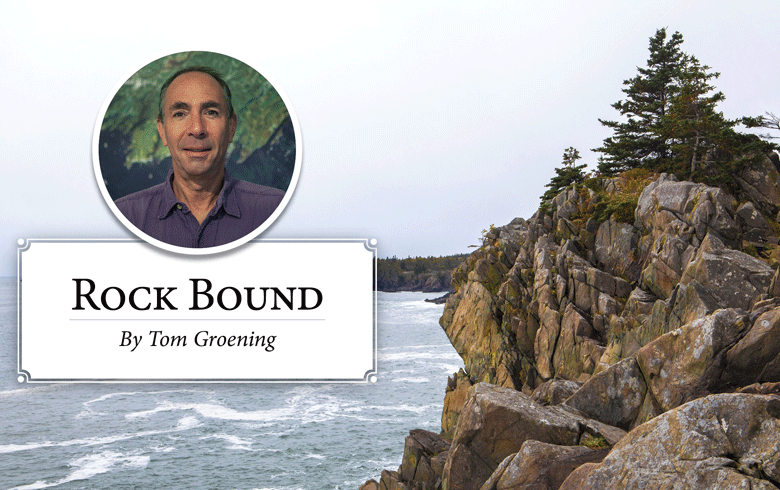Back in my weekly newspaper days, I worked with an old-timer who, in those years, was responsible for settling up with the stores that carried our paper. Now that I think about it, he was probably the age I am now, so strike the “old-timer” crack.
Bob grew up in Belfast and at an early age, took an interest in the nascent field of home movies. In later years, he owned a drive-in movie theater in town, and if I remember correctly, for a time operated a theater in Unity. His home movies have become important to local historians, and I remember him describing to me, somewhat wistfully, his filming the last time the 320-foot Belfast, one of the Boston boats, as the steamers were known, left the pier in 1935.
The boats called at harbors along the coast and islands, and, as I remember it being explained to me, you could walk aboard in late afternoon and be walking the streets of Boston the next morning.
Even though Route 1 was being improved in the 1930s, in many ways, the state became more insular…
Even though Route 1 was being improved in the 1930s—the Waldo-Hancock Bridge was completed in 1931—in many ways, the state became more insular than during the 60 years in which the Boston boats ran.
The Maine Turnpike, the nation’s second “superhighway,” was completed in 1947, and I-295, following the coastal route from Portland north, was completed in the early 1970s.
One mode of transportation that coexisted with these developments was railroads. Maine’s first significant rail infrastructure opened for freight and passenger service in the 1850s. In Belfast, we had a city-owned railroad, the Belfast & Moosehead Lake, built in 1871, though it never made the planned connection in Greenville.
In recent decades, we’ve watched Amtrak’s Downeaster work its way up the coast, and recent news suggests the next link will connect Brunswick to Rockland. The Downeaster currently provides regular service to Boston, with stops along the 145-mile run.
The Biden administration has provided $28 million to improve the service, including work on the Brunswick to Rockland section. For railroad to be viable as a form of mass transportation, it has to be fast. And speed is regulated based on the status of the infrastructure—the rails, the ties, and the ballast, which is the term used for the stone base.
Fifteen years ago, the Downeaster’s top speed was increased from 60 mph to 79 mph, which cut 20 minutes from the Portland-to-Boston run. Yet in Spain, some rail lines operate at over 190 mph. It’s not that the Spanish are reckless; it’s just that they’ve invested in their rail.
The federal funding for the coastal Maine route doesn’t necessarily mean service as far north as Rockland is imminent. It’s just another step toward that link. Given that Cape Air operates from Knox County Regional Airport in nearby Owls Head, it makes good sense to bring Amtrak service to the region.
Tourists might fly into Owls Head and then travel along the coast for stops at lodging establishments, or they might travel by train and fly home from Owls Head.
The biggest variable, of course, is getting us to forgo the comfort and privacy of our cars. And that’s not an easy task.
I hate driving in Boston, but it would be a hard sell to get me to travel by train to Boston and then perhaps onward by bus or train. But if I were inclined to spend a weekend in that city to see a concert or attend a work-related conference, I could be persuaded.
Given our challenging winter driving conditions and the traffic we’ve begun to see in the summer, rail travel may become more attractive. Opponents to investing in Amtrak often trot out the tired argument that the service doesn’t break even from ticket sales. Does Route 1 break even?
Tom Groening is editor of The Working Waterfront. He may be contacted at tgroening@islandinstitute.org.





